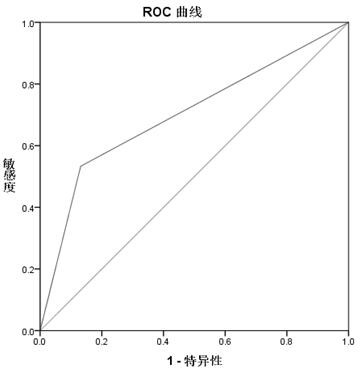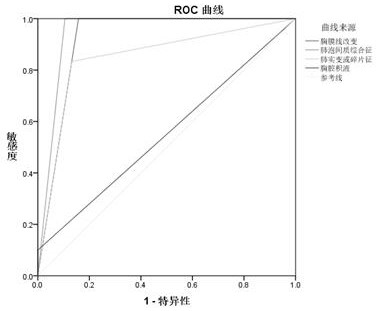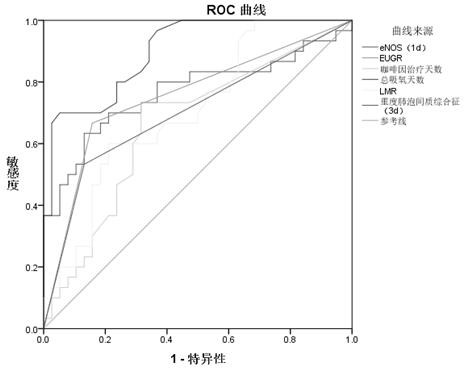Prediction marker, prediction model and prediction system for premature infant bronchopulmonary dysplasia
A prediction model and technology for premature infants, applied in the field of disease prediction, can solve the problems of specificity improvement and fewer models
- Summary
- Abstract
- Description
- Claims
- Application Information
AI Technical Summary
Problems solved by technology
Method used
Image
Examples
Embodiment Construction
[0017] Main experimental reagents and equipment
[0018]
[0019] Statistical processing
[0020] SPSS24.0 statistical software was used for data analysis. If the measurement data conforms to normality, it is expressed as the mean ± standard deviation (`x ± s), and the comparison between the two groups is conducted by two independent samples t test; (P25, P75)], and Mann-Whitney U test was used for comparison between two groups. The enumeration data were expressed as percentage (%), and the chi-square test or Fisher's exact test was used for comparison between the two groups. Pearson correlation analysis was used for continuous variables, and Spearman correlation analysis was used for categorical variables, and the correlation coefficient r was obtained. Binary Logistic regression analysis was used for univariate analysis, P<0.1 was included in multivariate regression model analysis and then multivariate regression analysis was performed, P<0.05 was statistically signifi...
PUM
 Login to View More
Login to View More Abstract
Description
Claims
Application Information
 Login to View More
Login to View More - R&D
- Intellectual Property
- Life Sciences
- Materials
- Tech Scout
- Unparalleled Data Quality
- Higher Quality Content
- 60% Fewer Hallucinations
Browse by: Latest US Patents, China's latest patents, Technical Efficacy Thesaurus, Application Domain, Technology Topic, Popular Technical Reports.
© 2025 PatSnap. All rights reserved.Legal|Privacy policy|Modern Slavery Act Transparency Statement|Sitemap|About US| Contact US: help@patsnap.com



